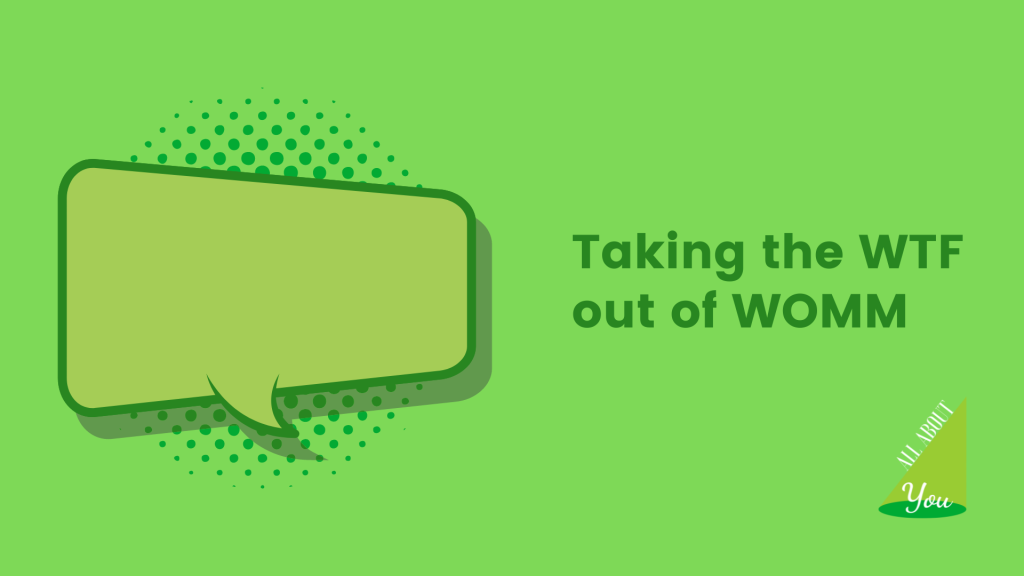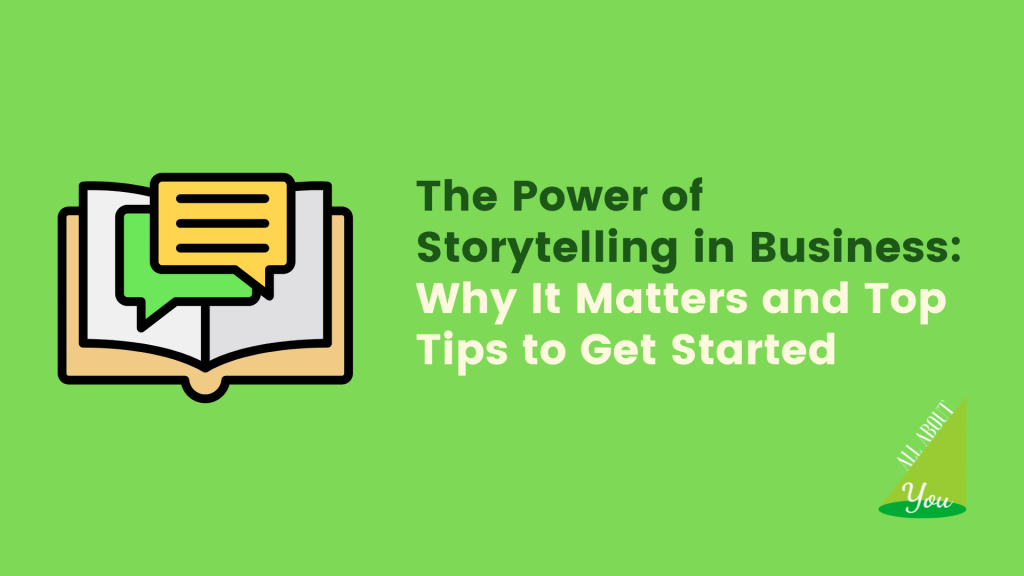
In the world of marketing, where trends and strategies are constantly evolving, one timeless tactic remains a really useful tool for small businesses and organisations – Word of Mouth Marketing (WOMM) – and it is a topic I’m very often discussing with my clients. Whatever you feel about his own style /ethos, Richard Branson said, “Word of mouth is the best and probably the cheapest form of advertising. Learn to use it to your advantage.”
…..And I’d have to agree with him here!
This age-old yet highly effective form of promotion relies on the power of recommendations and referrals from satisfied customers – and though it can be so useful, it is often something that is either forgotten, or ends up being at the bottom of the pile. In this blog, we’ll delve into what word of mouth marketing is and explore some actionable steps that small businesses can take to enhance their WOMM game.
What is Word of Mouth Marketing?
Word-of-Mouth Marketing, often abbreviated as WOMM or simply WOM, is a strategy that leverages positive conversations and recommendations among existing customers, friends, and family to promote a business’s products or services. It relies on the notion that people trust the opinions and experiences of those they know and respect more than traditional advertising.
In a nutshell, WOMM can be seen as the art of turning your customers into brand advocates, thereby organically growing your customer base and boosting your reputation.
Why is Word of Mouth Marketing Important for Small Businesses?
WOMM is particularly crucial for small businesses for several reasons:
- Cost-Effective: It’s a cost-effective marketing strategy that doesn’t require significant financial investments beyond the time needed to gather evidence and feedback, to respond to it – and most importantly to use it (and we’ll come on to that later!)
- Trustworthy: People trust recommendations from their peers more than ads or self promotion, making WOMM incredibly valuable. In the end, we’re all looking for reassurance that ‘people like us’ have bought something/ used a service – it gives us the confidence to take the leap and buy/ procure.
- Long-lasting Impact: Positive word of mouth can create a long-lasting ripple effect, as happy customers share their experiences with others. In times when balance at work is so important, who doesn’t want a steady stream of positive affirmations landing in their inbox?
- Targeted Reach: WOMM often reaches a highly targeted audience – people who are more likely to be interested in your products or services, because they actually have a need (often right now!) and have asked their contacts/ friends for suggestions.
Now that we’ve established the importance of WOMM, let’s delve into some actionable steps small businesses and organsiations can take to improve their word-of-mouth marketing efforts.
Enhance your Word of Mouth Marketing:
1. Deliver Exceptional Customer Experiences
The foundation of successful WOMM is providing an outstanding customer experience. Go the extra mile to ensure your customers are not just satisfied but delighted with your products or services. Happy customers are more likely to become vocal advocates for your brand. A simple ‘thank you’ – whether that’s an email as part of your customer journey, a discount code or something posted – might be the difference between a short, numbers-only based review and a worded one, and might be a real differential in their eyes between how you and your competitors do business.
2. Make it Easy
When was the last time you received good service or bought a really useful product – but didn’t leave a review? These things just slip from our minds, and it will be the same for your customers too. Make it easy for them to leave a review by having a Google My Business listing set up, or by using a review platform such as Trustpilot or Tripadvisor – or maybe you are part of a business sector or industry association that has its own review platform/ system? There is also a review tab option if you have a Facebook page.
Also make it easy for customers to leave a review by putting a clickable link to wherever you’re collecting feedback prominently. This could be in your email footer or as part of your social media biography section, or LinkTree (and if you’ve not heard of this – it is definitely worth exploring!) Review links can also feature on any literature your business or organisation produces – I love QR codes here, as they are both useful and visually stand out. If you have premises, QR codes can be displayed in windows or on desks/ tables too – anything that makes it easier to act quickly when people are in the moment.
3. Monitor and Manage Online Reviews and Engage
Keep a close eye on online reviews and ratings coming in. Respond to both positive and negative feedback professionally and promptly – addressing concerns shows that you value customer opinions and are committed to improvement. Engage with your audience – replying to comments and answering questions means potential customers have the information they too might be seeking, as well as helping them build a picture of how knowledgeable and friendly you are. Reviews are not only great for content creation as part of social media initiatives such as #TestimonialTuesday and #FeedbackFriday, but it is definitely true that reviewers love to see their feedback being acknowledged in your marketing output. It again reaffirms how valued they are and acts as an additional opportunity for you to say thank you.
4. Create Shareable Content
Produce content that is not only informative but also shareable. This could be in the form of blog posts, videos, infographics, or engaging social media posts. When your content resonates with your audience, they are more likely to share it with their networks. The ripple effect of good quality, informative content can be considerable – if you ever wondered how seemingly small businesses/ organisations are asked to comment in topical new reportage, then the likelihood is that the journalist or editor has seen content they have produced, which has been widely shared – or they have asked someone they trust for a recommendation.
5. Engage with Local Communities and Attend Networking Events
Participate in local community events, sponsorships, or partnerships, and actively attend networking events within your industry. Building strong ties with your community and establishing connections with fellow business professionals not only fosters loyalty but also enhances your brand’s word-of-mouth presence. If you have capacity within your business or organsation, hosting special events can generate buzz and increase the likelihood of word-of-mouth referrals.
Conclusion
Word-of-mouth marketing is a powerful tool for small businesses that, over time, can lead to an enhanced brand reputation and growth. By consistently delivering exceptional experiences, encouraging referrals, and proactively managing your online presence, you can harness the enduring influence of word-of-mouth referrals. Remember that WOMM is a long-term strategy, and building trust and advocacy takes time – but the results can be immensely rewarding.
Start implementing these steps today, and you’ll be well on your way to reaping the benefits of word-of-mouth marketing for your small business. And if you’re unsure where to start or need a helping hand, you know where to find me.



